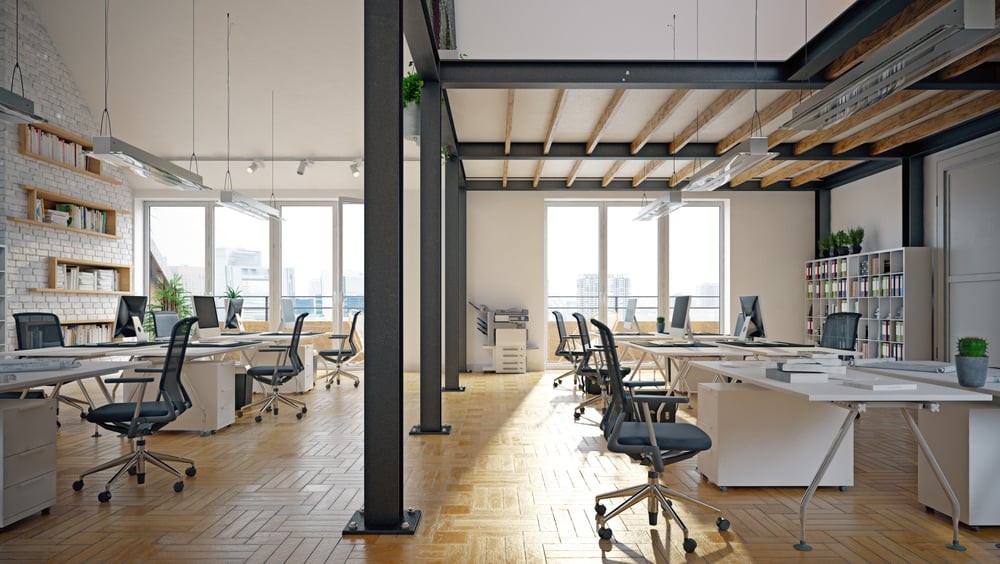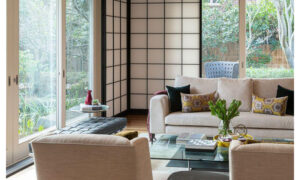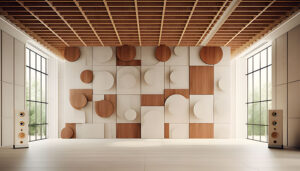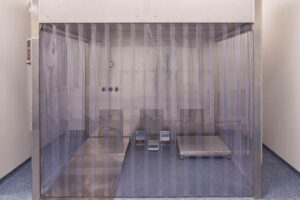Commercial Office Trends: Ergonomics and Office Furniture

Towards the end of the 20th century, the entire sphere of office setting and office furniture design took a sharp turn attributed to the incorporation of ergonomic concepts into the workplace. Ergonomic principles became a standard factor in office furniture design due to the awareness among general workforce populations of how ergonomics are essential towards maximizing human health and crucial towards avoiding musculoskeletal disorders due to injury through repetitive tasks that take a toll on the muscles, nerves, and even bones in the long run.
Medical issues of such nature more often than not lead to the disruption of business activities which in turn have a negative impact on productivity levels. It is due to this that furniture stores promote furniture designs that focus on maximizing human health and overall well-being both physically and mentally.
These types of ergonomically designed furniture such as office chairs for instance come equipped with elements that are ergonomic which include among others height adjustments, swivel bases, and lumbar supports which are critical towards maintaining healthy postures. Apart from that these designs also ensure that employees are able to make transitions between sitting and standing without much effort.
Even office desk designs have changed as most modern offices these days even accommodate standing desks as they actually encourage employees to be physically active during work hours as opposed to sitting on a chair for hours which are detrimental to their health.
Current office furniture trends subscribe to sleek and minimalist office designs that primarily focus on straight and clean lines and practicality coupled with open space workplace concepts that eliminate any element of claustrophobia. Given the fact that most modern millennial based workplaces strive on teamwork; these environments are normally furnished with furniture arrangement and layouts that encourage collaboration between employees.
Most meeting rooms these days come complete with various types of multimedia devices, lounge areas that are comfortable and some with even adaptable seating and moveable partitions.
Other trends that have been observed within the scope of office furniture is the increased attention that is being paid to the environment which has triggered a ‘green trend’ linked to office furniture that has become a component of CSR. Demand for ‘green’ furniture that basically revolve around furniture that use recycled and renewable materials have increased significantly over the last decade.
From a technological perspective, there has been a drastic increase in furniture that feature wireless charging stations, cable management systems and numerous USB ports.
From a general point of view, it can be summarised that employers are not just placing emphasis on furniture aesthetics, but also on functionality, practicality and on employee health. It has been acknowledged and to a certain degree proven that ergonomic furniture helps reduce the risk of injuries significantly and at the same time enhance comfort levels for employees. Aesthetics on the other hand boost morale which again leads to higher productivity.
Office furniture designs in a sense continues to evolve in tandem with the changing needs of businesses and failing to keep up with these changing trends could impact businesses negatively.








